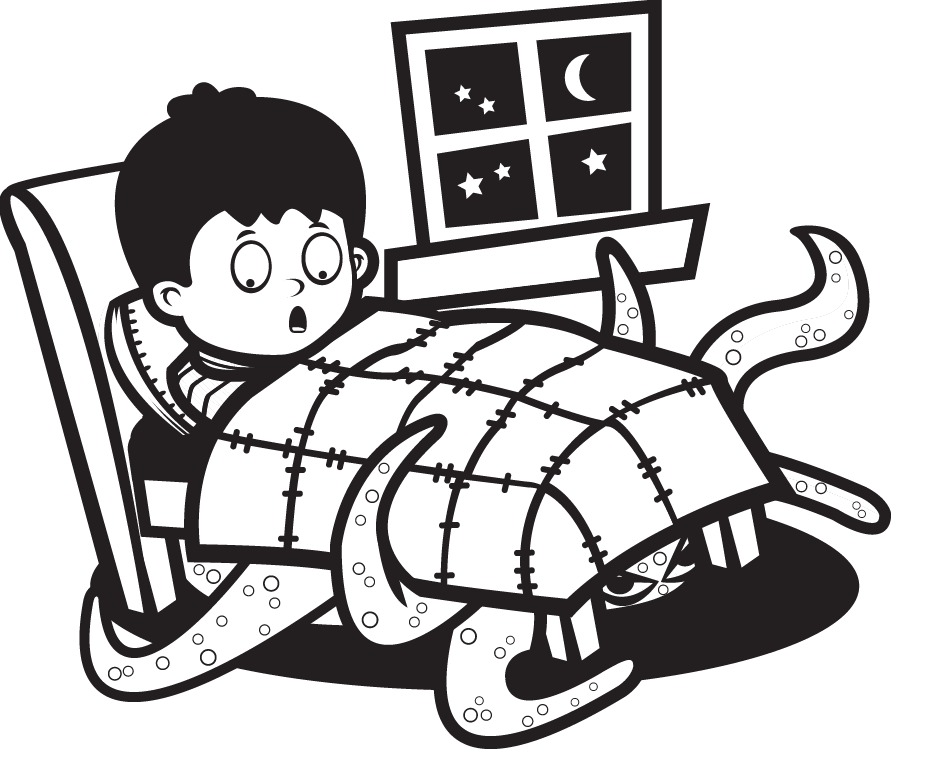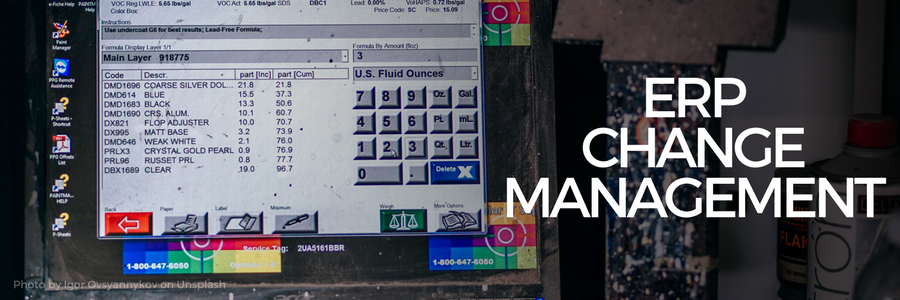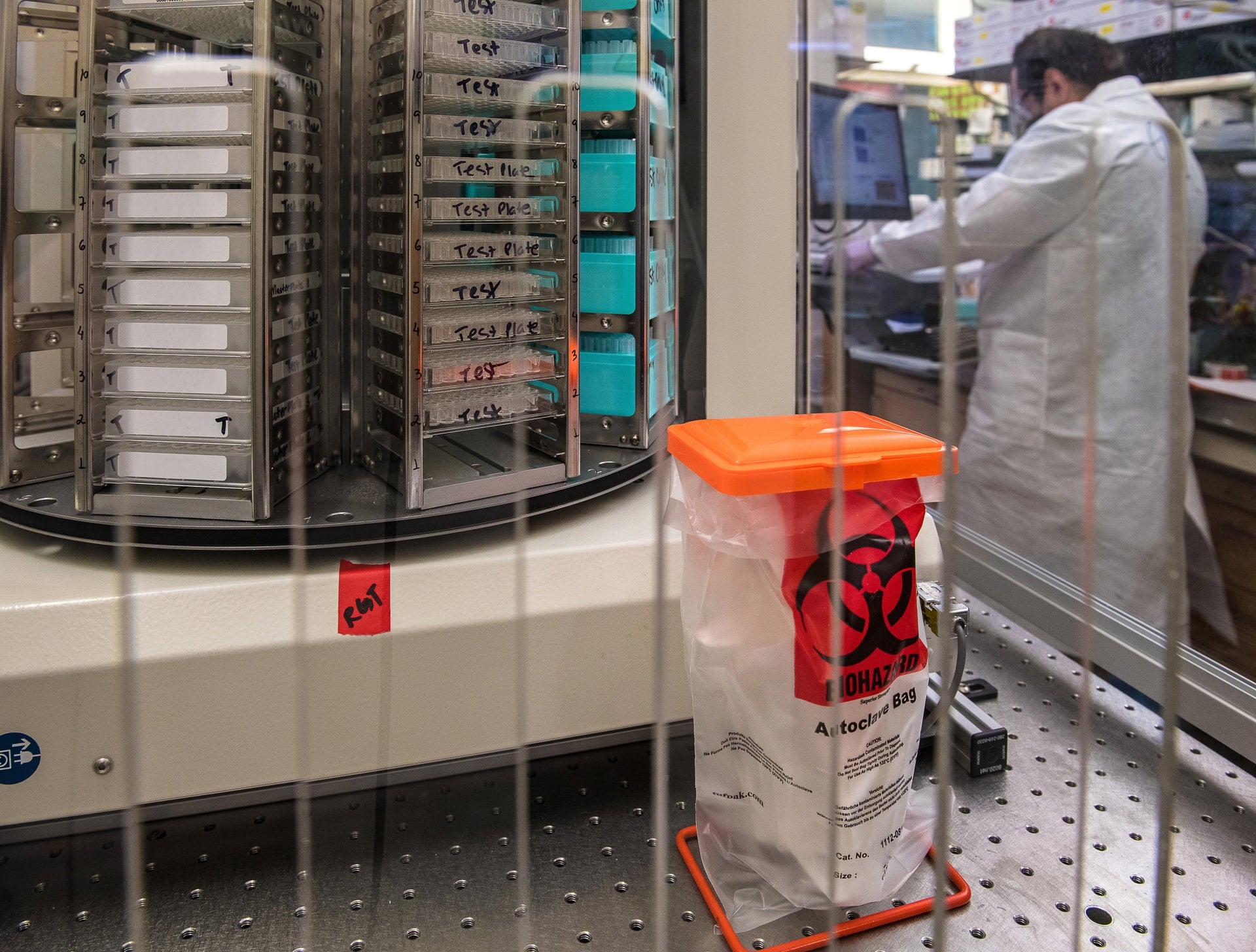People are afraid that automation and technology ultimately kills jobs. As a result, one issue that businesses often face during ERP system rollout and digital transformation in general is a quiet and often unspoken resistance from employees.
The reason for this resistance is the fear that the new system might displace them and ultimately reduce job security.
As a business leader or project lead on a new ERP rollout, one important task therefore is addressing this concern and getting employee on board.
Part of the issue awareness that the new system will actually help employees and help them improve their career situation instead of hurting it, and part of it is making system adoption easy so this unconscious resistance to change is not met with a good reason to avoid adoption.
Here are five ways to alleviate fears and improve onboarding so your ERP rollout is a smooth one.
- Get Employee Buy-in Early
Often organizations believe that new technology implementation will simply improve processes and operations automatically and independently. Those companies often take a top-down approach to big system or process changes without consulting key stakeholders or on-the-ground team members. For any process change to work well, it’s a good idea to get extensive and in-depth input from staff who have intimate knowledge of successes, risks and opportunities in their daily operations. This also helps with employees taking ownership of the new system.
Start by encouraging your team to share their experiences and unique contributions to the organization. Then connect those details to the proposed ERP changes. This will enable you to adapt the recommended tools, processes, diagrams and key elements of the core software to an optimized workflow. This simple act also cultivates early buy-in, increased positive user input, and a sense of ownership of the proposed changes.
When employees help create the new changes—and it ties directly to their needs and performance—they will be more willing to accept the new system over old processes.
- Position Transformation in Terms of Business Processes
Employees are primarily concerned with their position’s responsibilities and related duties, not new software. If you want them to care, position your new ERP system in terms of adding or enhancing the business processes they need; it is all about the optics of making their life better as a result of digital transformation.
Part of this positioning is tailoring guidance and training for each department so the benefits are clear and specific for the department in question. A little more work on customizing the messaging will go a long way toward better adoption and reduced employee resistance.
It also is important to stress the new processes that come with an ERP solution that improve upon how systems worked before, specifically for the employees in the department that is getting training.
- Provide Quantifiable Data on Adoption and Training Outcomes
Measuring process performance is critical for improving it. Therefore, training analytics should be involved in your ERP rollout to do just that.
Tracked data should include the time required to achieve system competency, training completion, system usage, feedback on system relevancy, new software engagement levels, job performance and issue management and reduction.
Monitoring and reviewing employee adoption and training performance can provide you with insight on any necessary changes so employees ultimately feel comfortable with the system.
- Incentivize Adoption with Rewards and Perks
Articulate that learning and mastering the new ERP system is directly linked to job security, duties and advancement potential. Let your team know that the new system is a golden opportunity to emerge as a rising star.
Reward those who drive productivity, efficiency, cost savings and revenue growth with the new system. Those rewards can include anything from public recognition and a company swag bag to a cash bonus and paid leave.
If you share exactly how the system can benefit individual employees, then employees will be excited to reap those benefits. This is not just in terms of actual workflow improvements, but also in the rewards that the company doles out for adopting the system.
- Make Support Readily Available from the Rollout
System support should be ready and waiting on the first day of the rollout. With so much focus on the details leading up to implementation, companies often make the mistake of treating support as an afterthought.
During new ERP system rollout, the period between employee acceptance and rejection of the new system is brief. So early challenges go a long way toward souring employees against the system. That’s why robust support during rollout is almost as critical as ERP implementation design.
A new ERP solution doesn’t usually kill jobs. However, failing to recognize and fears of employees can slow down or jeopardize your new ERP system rollout. So don’t view a system update as a top-down decision. Get your whole team involved in the benefits and rollout of your digital transformation.
For more on preparing for an ERP implementation, including employee buy-in, read our ERP Evaluation Guide.
More on Change Management
5 Steps to Address Change: The Monster Under Your Bed







